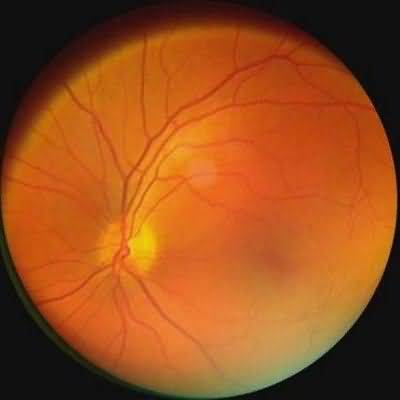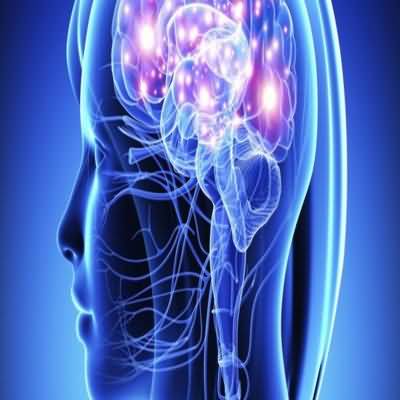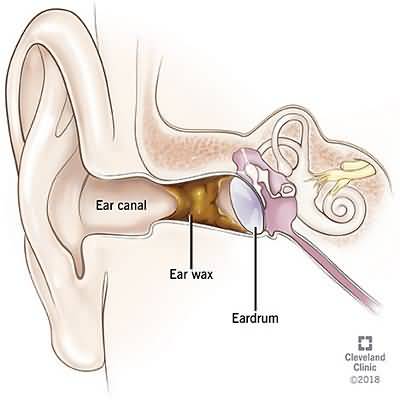sialadenitis
sialadenitis
Acute bacterial sialadenitis most commonly affects either the parotid or submandibular gland
It typically presents with acute swelling of the gland, increased pain and swelling with meals, and tenderness and erythema of the duct opening
Pus often can be massaged from the duct
Sialadenitis often occurs in the setting of dehydration or in association with chronic illness
Underlying Sjögren syndrome and chronic periodontitis may contribute
Ductal obstruction, often by an inspissated mucous plug, is followed by salivary stasis and secondary infection
The most common organism recovered from purulent draining saliva is S aureus
Treatment
consists of intravenous antibiotics, such as nafcillin (1 g intravenously every 4–6 hours), measures to increase salivary flow, including hydration, warm compresses, sialagogues (eg, lemon drops), and massage of the glandTreatment
can usually then be switched to an oral agent based on clinical improvement and microbiologic results to complete a 10-day treatment courseLess severe cases can often be treated with oral antibiotics with similar spectrum
Complete resolution of parotid swelling and pain can take 2–3 weeks
Failure of the process to improve and ultimately resolve on this regimen suggests abscess formation, ductal stricture, stone, or tumor causing obstruction
Ultrasound or CT scan may be helpful in establishing the diagnosis
In the setting of acute illness, a severe and potentially life-threatening form of sialadenitis, sometimes called suppurative sialadenitis, may develop
The causative organism is usually S aureus, but often no pus will drain from Stensen papilla
These patients often do not respond to rehydration and intravenous antibiotics and thus may require operative incision and drainage to resolve the infection


















